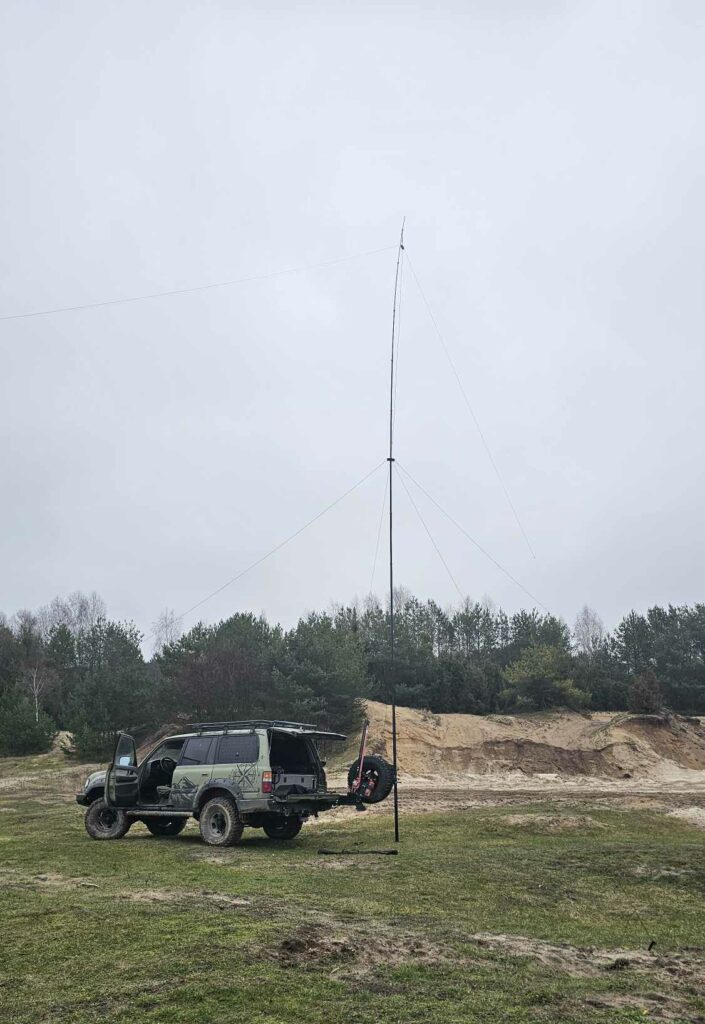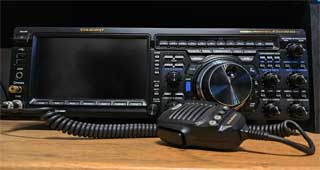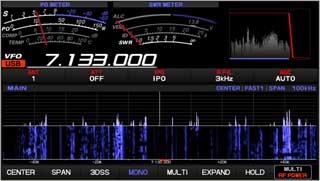English pages have been machine translated
I have been involved in amateur radio since high school in the 1990s. Then there was a long break and now, after many years, I am returning to the hobby. I became interested in field activations. It turned out that logging communications in field activations and sending them to program websites is unintuitive and time-consuming. I decided to improve it a bit and that’s how my little Rig And Log program was created for logging communications, radio control and more.
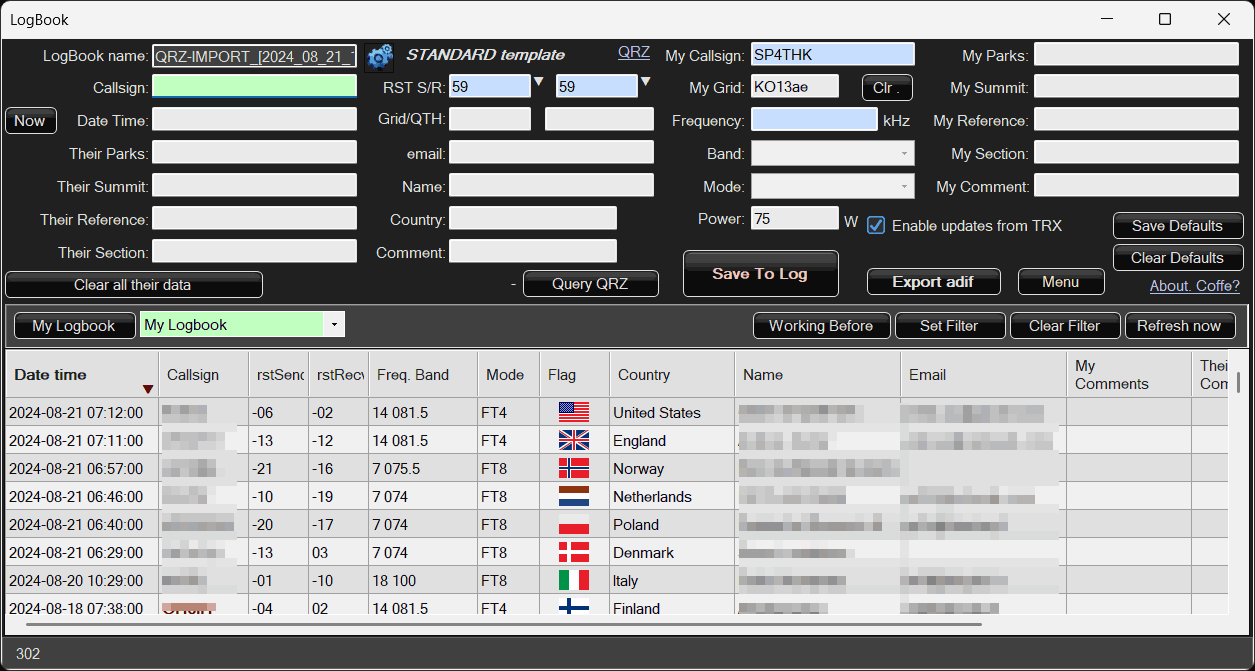
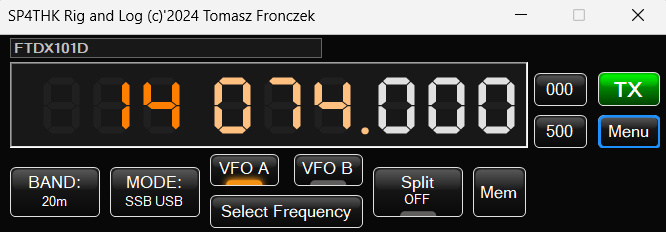
Basic program functions:
- Light – approx. 15MB after unpacking.
- Portable – does not need installation, stores all data in its own folder. Can be easy transferred to a pendrive
- Fast – does not use slow databases, saves directly to a file in CSV format.
- Easy configuration – Although there are many options, all you need to do is enter Grid and CallSign to be able to use it.
- Works on old hardware – Windows 7 with Net 4.7.2 with a resolution of 1280×720 is enough, although a higher resolution is recommended
- Cooperation with Omnirig downloading/setting frequency information and other parameters from the radio
- Advanced control of some selected transceiver models
- Setting the time from an NTP server
- Video Grabber Module (Camera)
- LogBook adapted to field activations – ability to combine programs (POTA, SOTA, etc.)
- Multiple logbooks – you can set a separate one for each activation
- Copying, pasting, transferring QSOs between LogBooks.
- Easy export and import with templates.
- Cooperation with WSJTX, JDTX and GridTracker
- Clusters of POTA, SOTA, WWFF, DXSummit, Telnet – with frequency radio control after clicking on SPOT
- Load data from QRZ
- Downloading all QSOs from QRZ to LogBook.
- Wholesale data change – with one click we can change, for example, the mode from FT8 to SSB in all QSOs.
- eQSL by e-mail
- sending log to QRZ (requires subscription to QRZ)
- sending log to LoTW (requires TQSL installed – from LoTW)
- displaying QSOs on the map (Win10+). Thanks to Mario, DL4MFM
- copy of logbooks and program and sending the logbook by e-mail
- export/import directly to the Log4OM database
- CW module for transmitting Morse code
- Checking Current SWR (for compatible TRX)
- Distance calculation and display on the map
- Logbooks on map
- psk reporter on map
- POTA parks displayed on the map with distance calculation and display between parks
- QSO recorder – records QSOs to audio mp3 files
- and many others ….
The program was tested with 40 000 QSOs on an old laptop with HDD, 2GB RAM, Windows 7. There were no performance problems.
The program provides partial support for blind people, allowing them to control some TRX models from a computer. A very useful function in the era of touch screens and multi-level menus. Many thanks to Piotrek SQ5BPD for the idea, tests and consultations.

First of all, to Adam SP6DA for substantive support during tests and patience.
For Piotrek SQ5BPD for the idea and support of the version for the blind.
To Andrzej SQ7SE for supporting and publishing the program in the media. https://www.youtube.com/@SierraEcho
Minimum requirements Windows 7, .NET 4.7.2 Minimum resolution 1280×720 but Full HD 1980×1080 recommended
The program does not need to be installed, you can take it on a pendrive to another computer. Does not need databases. Simplicity, functionality and lightness of the application. The program takes up about 20 MB of disk space, plus later QSOs and logs.
Due to mobility, log data is saved in text files in csv format. This is a simple and quick way to save data that does not require filtering or various types of queries. Such data can be easily copied and processed in a notebook or in external programs, even in Excel. Although it’s not necessary. It is good practice to save each activation in a separate log created for a specific activation. This protects against failure and speeds up the program’s operation. Therefore, you can set the program so that the configuration window will automatically appear when you start it for the first time every day.
Do you like this program? Want to help me develop it further? click on Buy coffe

